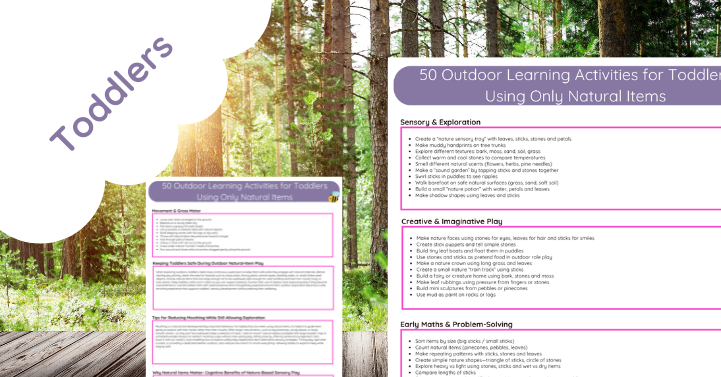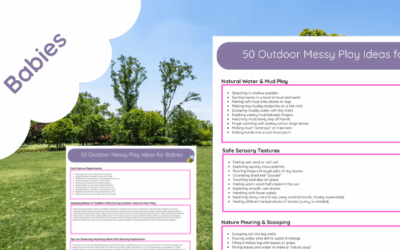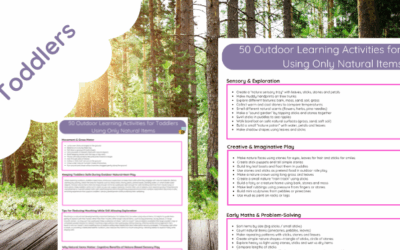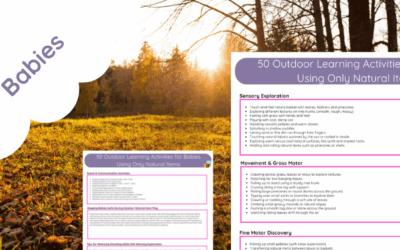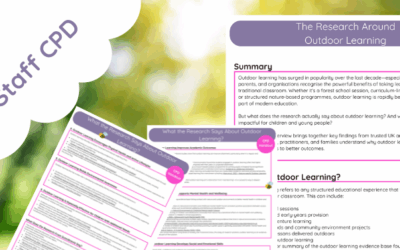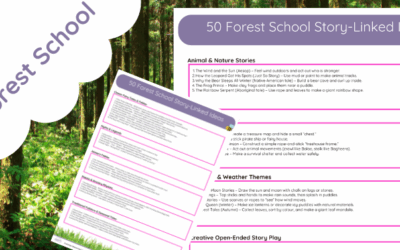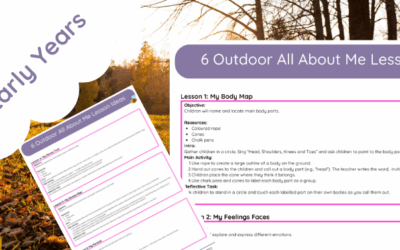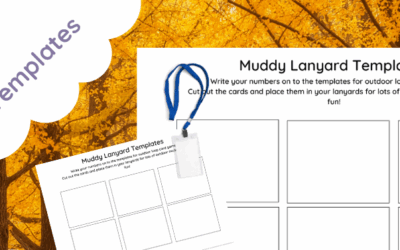Give babies the freedom to explore, discover and delight in the natural world with this beautifully crafted collection...
50 Outdoor Learning Activities for Toddlers Using Only Natural Items
Nov 19, 2025
Ignite curiosity, creativity and confident exploration with this inspiring collection of 50 outdoor learning...
50 Outdoor Learning Activities for Babies Using Only Natural Items
Nov 19, 2025
Introduce babies to the wonder of the natural world with this beautifully designed activity guide, offering 50...
The Research Around Outdoor Learning (CPD Handout)
Nov 19, 2025
Equip your staff team with clear, accessible and up-to-date evidence on the powerful impact of outdoor learning. This...
CPD Handout: What Scandinavian Countries Do to Support SEND Children
Nov 14, 2025
Inspire, model and strengthen your SEND principles using proven Scandinavian approaches Transform the way your school...
Forest School Story-Linked Lesson Ideas
Sep 17, 2025
Turn storytime into an adventure with our 50 Forest School Story-Linked Lesson Ideas — a must-have resource for...
Whirlpool Lesson Ideas – SEND Pack
Sep 15, 2025
Transform water play into a learning adventure with our Whirlpool Lesson Pack for SEND – designed to inspire curiosity...
Tornado Lesson Pack for SEND
Sep 15, 2025
Ignite curiosity and calm big feelings with our Tornado Lesson Pack for SEND Preschoolers — a playful, sensory-rich...
All About Me Lesson Ideas
Sep 15, 2025
Take learning outside with our All About Me Outdoor Learning Lesson Pack – a complete, ready-to-use resource designed...
Lunar New Year Outdoor Arts Pack
Sep 11, 2025
Celebrate Lunar New Year in a creative, hands-on way with this **Outdoor Arts Pack**, designed especially for teachers...
Bottle Greenhouse Instructions
Sep 11, 2025
Turn recycling into learning with this practical guide! Our Bottle Greenhouse Instructions give teachers and TAs...
Blank Outdoor Lanyard Template
Sep 11, 2025
Bring learning to life — indoors or out! Our Blank Muddy Lanyard Template is the perfect tool for teachers and TAs to...
Outdoor Learning Assessment Grid
Aug 29, 2025
Outdoor Learning Assessment Form Bring structure and clarity to your outdoor lessons with our Outdoor Learning...
Nelson Mandela KS1 (Outdoor Lesson Ideas)
Jul 15, 2025
Nelson Mandela KS1 Outdoor Ideas — Inspiring, Active, and Sustainable Learning...
Rosa Parcs (KS1) Outdoor Lesson Ideas
Jun 18, 2025
Use Rosa Parcs (KS1) Outdoor Lesson Ideas to introduce young learners to the powerful story of Rosa Parks with...
6 Florence Nightingale (KS1) Outdoor Ideas
Jun 18, 2025
Inspire young learners with this engaging resource pack featuring 6 outdoor activity ideas themed around the life and...
50 Forest School Games
May 28, 2025
50 Forest School Ideas – PDF Download Inspire outdoor learning with creative, hands-on activities for all seasons This...
Outdoor Volcano Lesson Ideas Pack
May 28, 2025
Outdoor Volcano Lesson Ideas Pack (PDF) Bring earth science to life with explosive outdoor learning! Our Outdoor...
New In
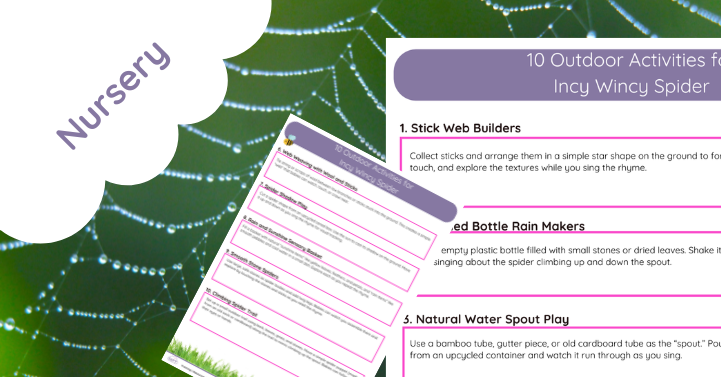
10 Outdoor Activities for Incy Wincy Spider
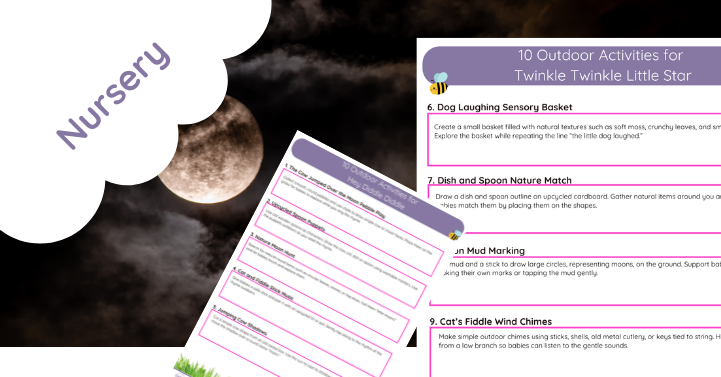
10 Outdoor Hey Diddle Diddle Activity Ideas
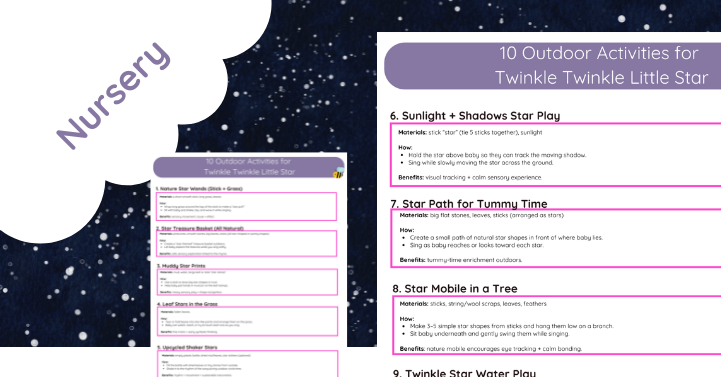
10 Outdoor Activities for Twinkle Twinkle Little Star
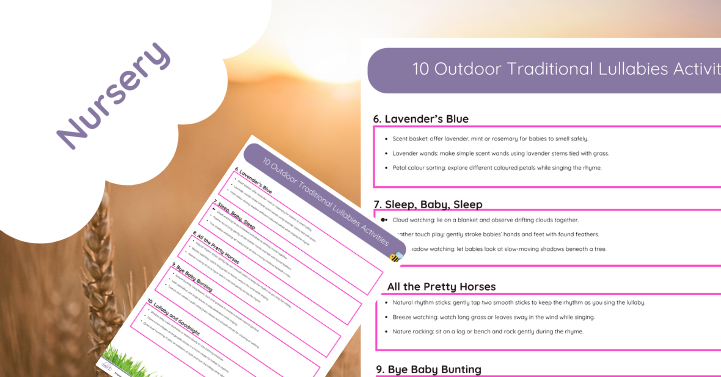
Outdoor Lullaby Activities for Babies
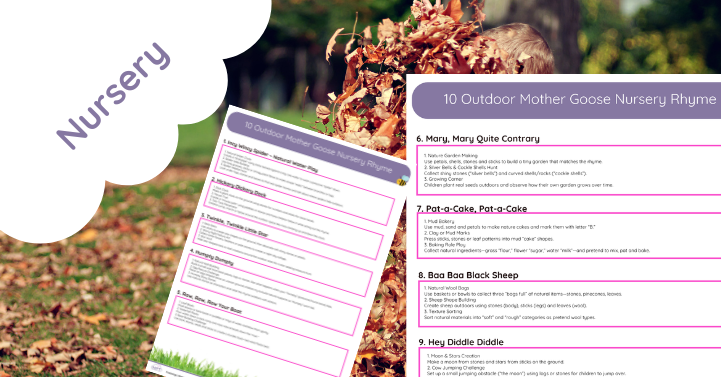
10 Outdoor Mother Goose Nursery Rhyme Activities
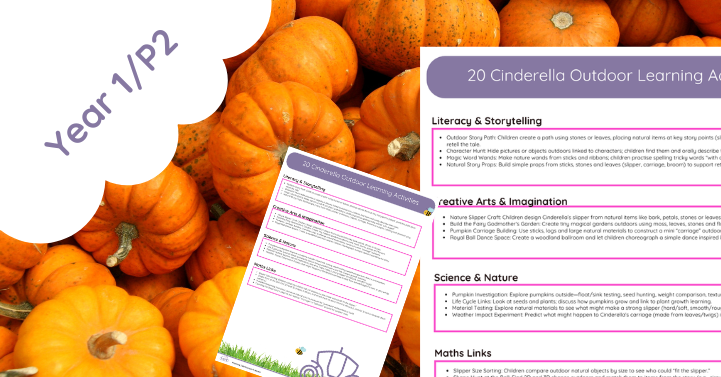
20 Cinderella Outdoor Learning Activities
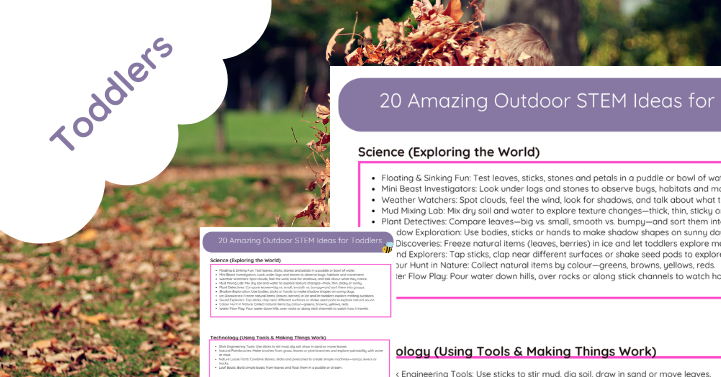
20 Amazing Outdoor STEM Ideas for Toddlers
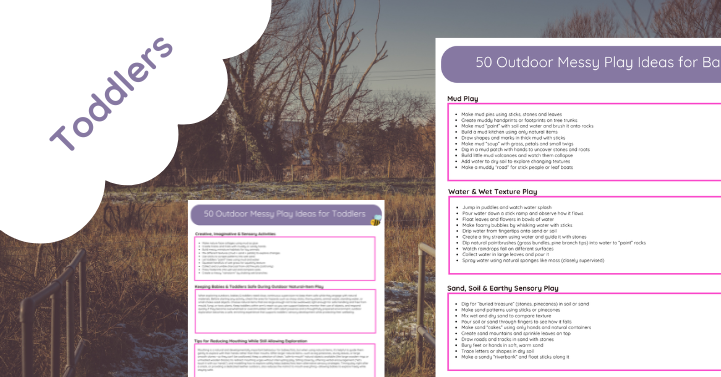
50 Outdoor Messy Play Ideas for Toddlers Using Natural Items
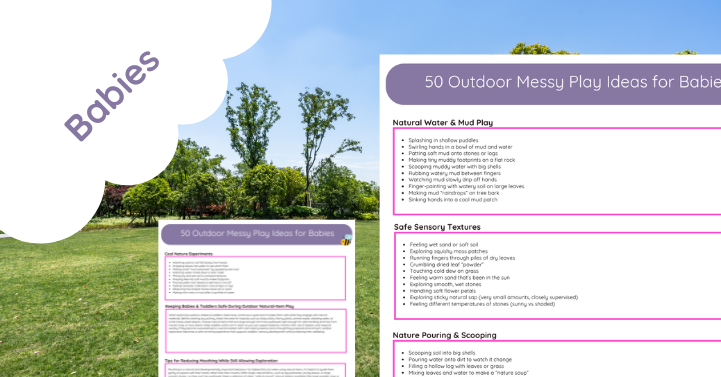
50 Outdoor Messy Play Ideas for Babies Using Natural Items
